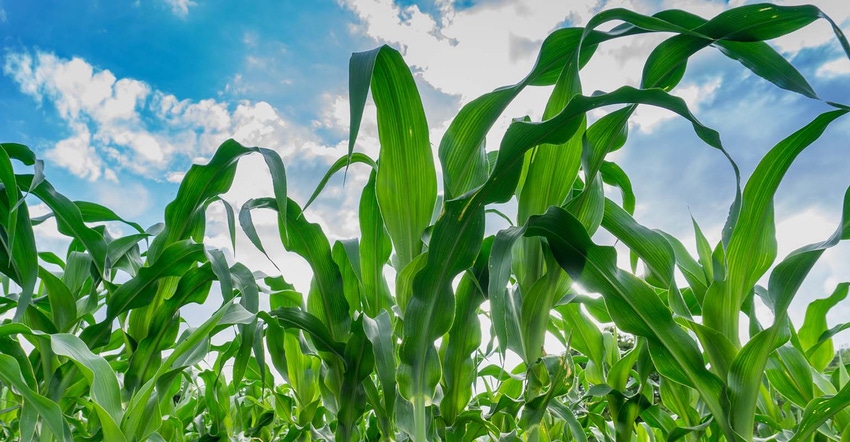
The latest USDA crop progress report, out Monday afternoon and covering the week through June 21, had plenty of quality data to digest, including quality ratings shifts for corn, soybeans, winter wheat and spring wheat.
Analysts expected the agency to dock corn crop quality another point, but USDA increased its quality ratings instead, moving it from 71% rated in good-to-excellent condition a week ago up to 72%. Another 23% of this year’s crop is rated fair (down a point from last week), with the remaining 5% rated poor or very poor (unchanged from a week ago). Regional ratings vary widely, even among neighboring states. One standout example is Ohio (56%) compared to Pennsylvania (88%) – a good reminder that local conditions are just as significant, if not more so, than nationwide averages.
Physiologically, the crop is nearing the silking stage, with 2% now there nationally and only six of the top 18 production states noting measurable progress so far. This is in line with the national average of 2% and ahead of 2019’s pace of 1%.
Soybean crop quality also shifted last week, dropping two points to 70% rated in good-to-excellent condition. Analysts thought USDA would only dock crop quality one point last week, in contrast. Another 25% of the crop is rated fair (up one point from a week ago), with the remaining 5% rated poor or very poor (also up one point from last week).
Soybean planting progress reached 96% through Sunday, which was slightly behind analyst estimates of 97% but still ahead of the five-year average of 93%. Emergence has reached 89%, also ahead of the five-year average of 85%. And 5% of the crop is now blooming, which is in line with the prior five-year average.
As expected, winter wheat harvest progress has jumped ahead, to 29%. Analysts expected USDA to show a slightly swifter pace, with an average trade guess of 30%. This year’s pace is moderately ahead of 2019’s 13% and a bit faster than the prior five-year average of 26%. Still, harvest advancement shows a lot of variance from state to state, with just 10 of the top 18 production states noting measurable progress so far. Almost all (96%) of the crop is headed at this time.
Winter wheat quality ratings improved two points, with 52% of the crop now rated in good-to-excellent condition. That’s in contrast with analyst expectations, with the average trade guess anticipating a one-point quality drop. Another 31% of the crop is rated fair (unchanged from a week ago), with the remaining 17% rated poor or very poor (down two points from last week).
Spring wheat quality ratings saw a big swing downward, meantime – moving from 81% rated in good-to-excellent condition a week ago down to 75% through Sunday. Another 21% is rated fair (up four points from last week), with the remaining 4% rated poor or very poor (up two points from a week ago). Physiologically, 12% of the crop is now headed, which is moderately behind the prior five-year average of 22% but moderately ahead of 2019’s pace of 6%.
Click here to read the latest USDA crop progress report in its entirety for additional data on sorghum, cotton, rice, barley, pasture conditions and more.
About the Author(s)
You May Also Like






